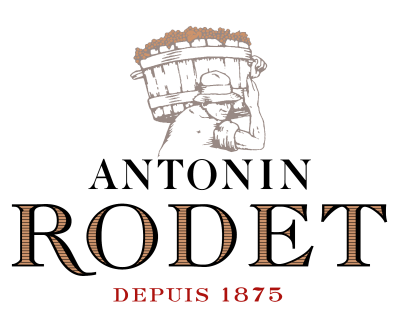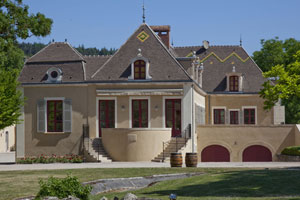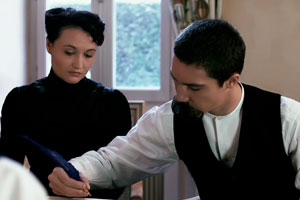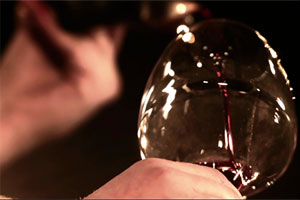Horaires d’ouverture du caveau
De mai à octobre :
Du mercredi au dimanche de 10h à 12h et de 14h à 18h (y compris les jours fériés)
De novembre à avril :
Du mardi au samedi de 10h à 12h et de 14h à 18h (y compris les jours fériés)
Le caveau est fermé les 1er mai, 25 décembre et 1er janvier
Les réservations pour les visites sont fortement recommandées.








